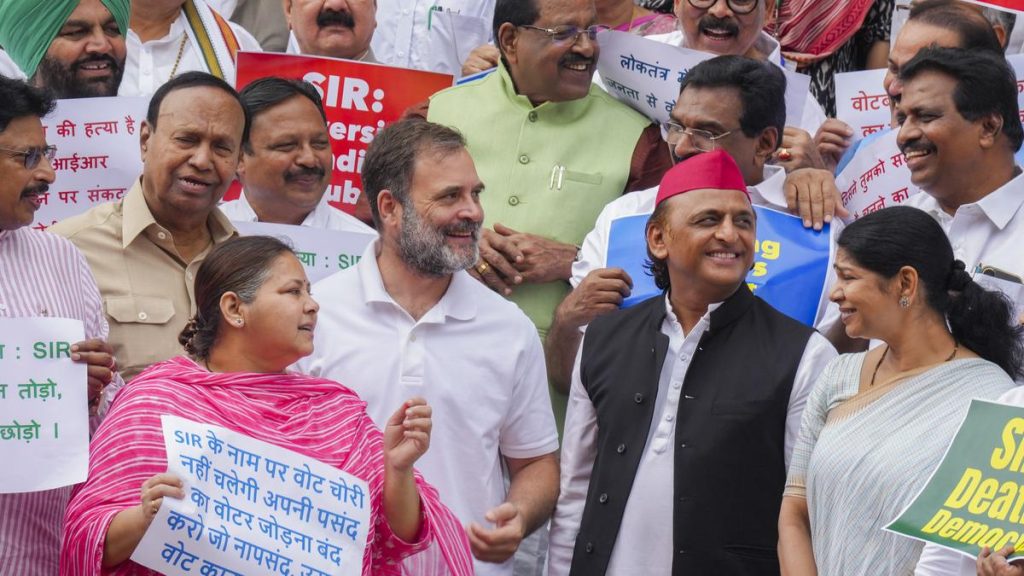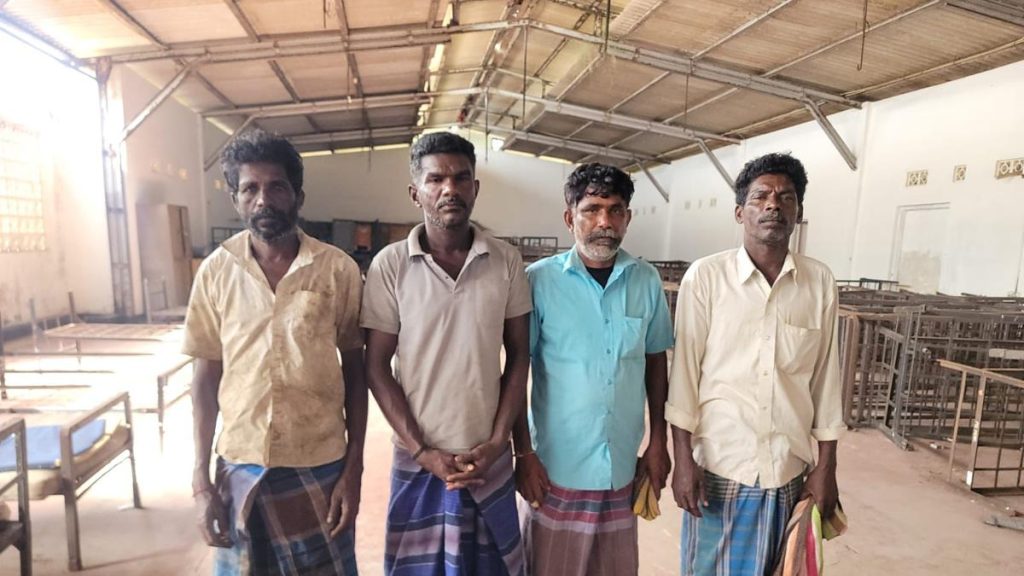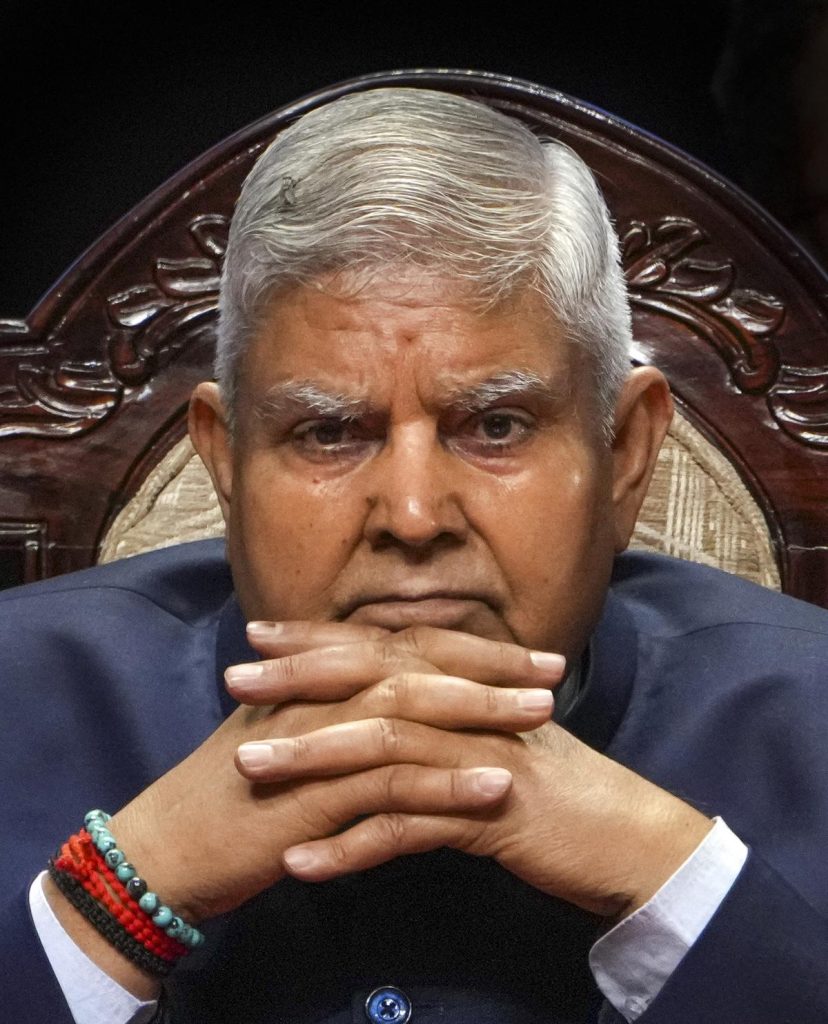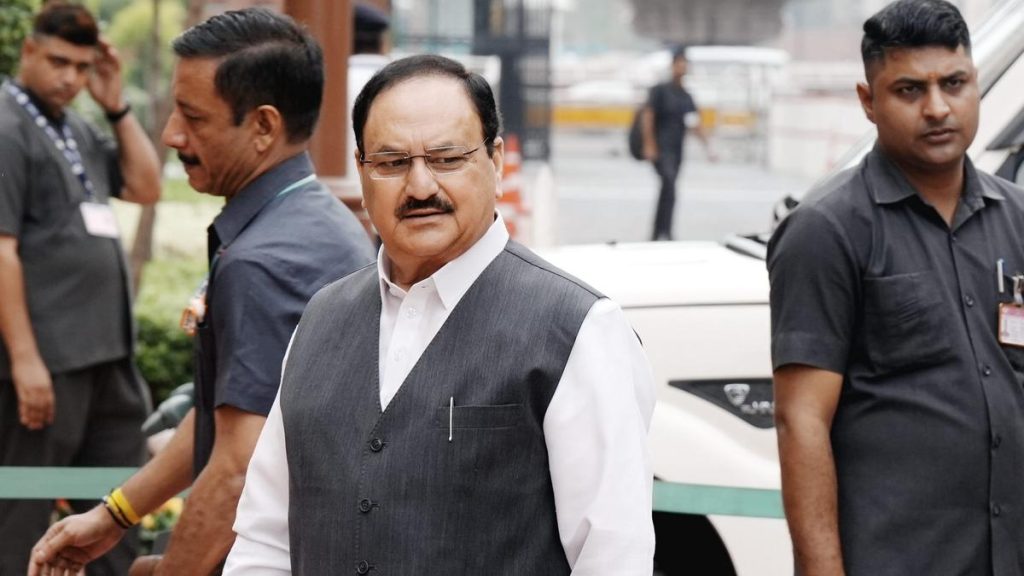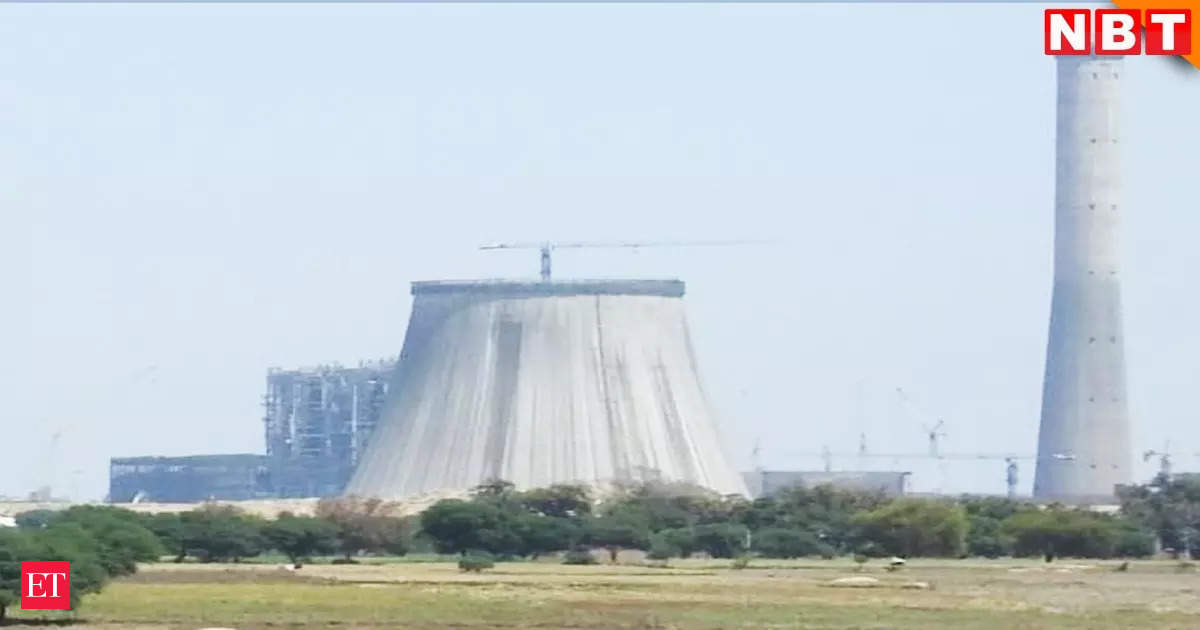Now Reading: India Urged to Prioritize Long-Term Strategy for Fighter Jet Acquisitions
-
01
India Urged to Prioritize Long-Term Strategy for Fighter Jet Acquisitions
India Urged to Prioritize Long-Term Strategy for Fighter Jet Acquisitions
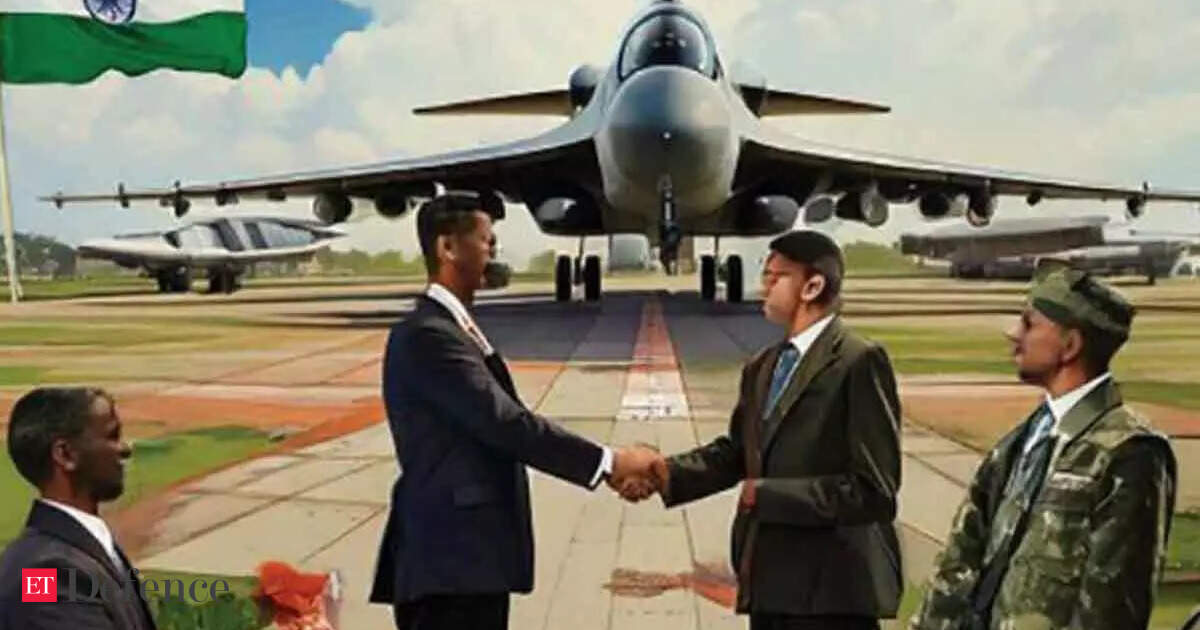
Speedy Summary
- Procurement Restarted: The Ministry of Defense (MoD) has resumed the acquisition process for 114 multi-role fighter aircraft, initially launched in 2018 but stalled for seven years.
- Policy Background: The Strategic Partnership (SP) policy was formulated in 2017 to boost private sector capability in manufacturing major defence platforms under ‘Make in India.’ Initially focused on defense sector privatization, it was later diluted to include public sector participation.
- Focus Areas: The procurement aims at indigenization through technology transfer and creating a vibrant aerospace ecosystem. Manufacturing will be conducted via joint ventures or OEM-led production facilities within India.
- Challenges Discussed:
– Past failures to secure key technology transfers due to weaker buyer leverage compared to countries like South Korea.
– Political risks tied to import dependence amid international sanctions and transactional negotiations by OEMs.- Issues such as quality assurance, deadlocked negotiations, and minor technical hurdles have previously stalled projects.
- vision for Future: The project should extend beyond induction of the first batch of fighter jets to include life-cycle support, constant upgrades, and fostering domestic R&D capabilities. Long-term self-reliance is emphasized as essential.
Indian Opinion Analysis
The resumption of the multi-role fighter procurement after seven years marks a notable moment for India’s defense strategy,emphasizing self-reliance through indigenous manufacturing. Such long delays highlight institutional sluggishness that may hinder timely security measures-a critical concern given global geopolitical dynamics. While this initiative integrates private players into aerospace growth under ‘Make in India,’ its success depends largely on execution: effective technology transfer agreements with OEMs and sustained government support for domestic manufacturers.
From an industrial outlook, this project can catalyze India’s private aerospace ambitions if fostered with patience over sequential technological milestones rather than unattainable near-term outcomes.Strategic alignment between national security interests and nurturing domestic capabilities speaks directly to reducing dependency on imports amidst vulnerabilities like international sanctions.
Executing this vision requires pragmatism-compromising where necessary without forfeiting core objectives-to avoid repeating past negotiation pitfalls while enabling growth toward cutting-edge indigenized solutions over time. Success would not only serve security imperatives but also position India competitively in global aerospace markets across future generations of combat assets.


